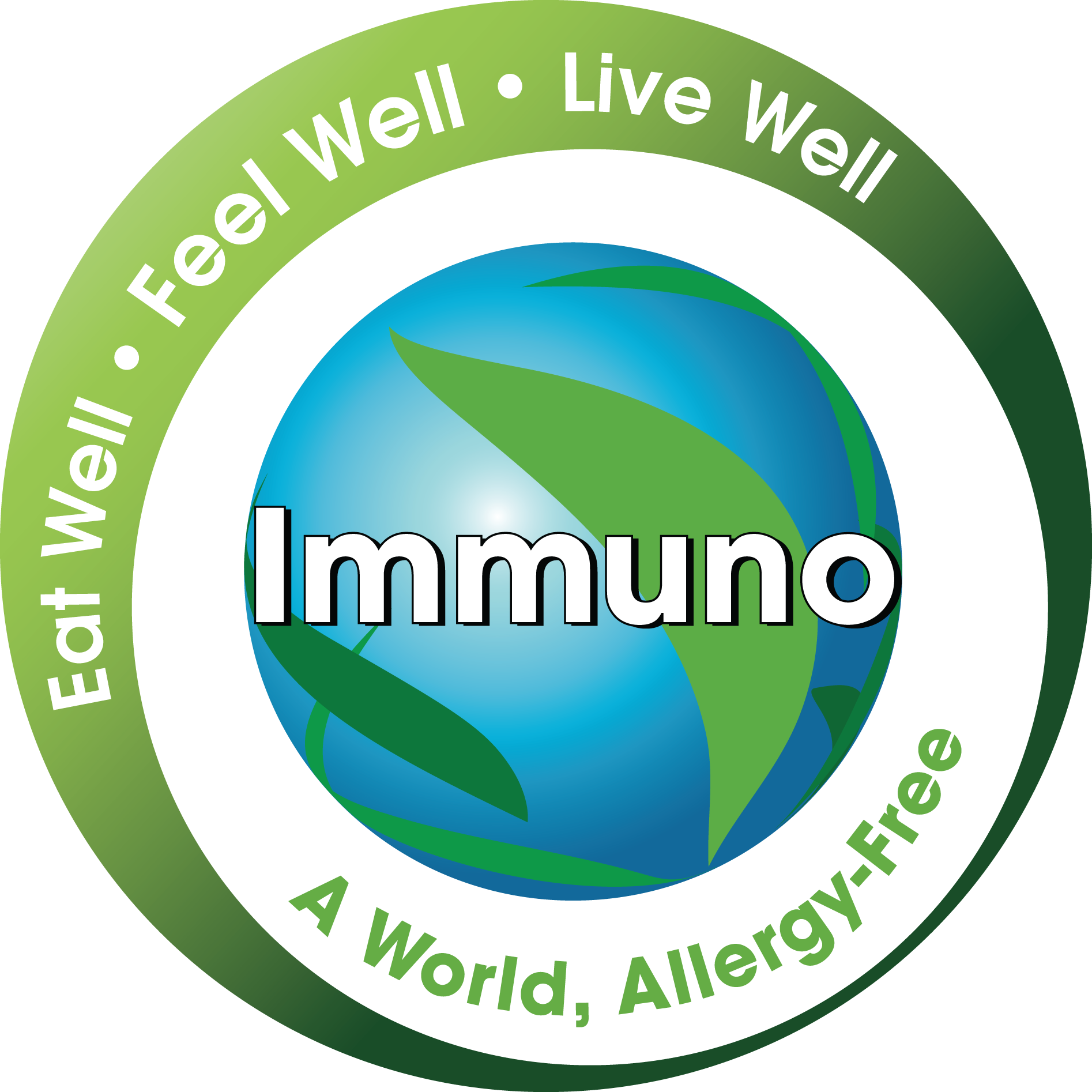Allergies & Asthma
Allergies
Allergic asthma is the most common type of asthma. About 90% of kids with childhood asthma have allergies, compared with about 50% of adults with asthma. Inhaling specific substances called allergens (allergy triggers such as pollen, mites, or molds) brings on the asthma symptoms associated with allergic asthma. Nearly everyone with asthma (allergic or nonallergic) gets worse after exercising in cold air or after inhaling any type of smoke, dust, fumes, and sometimes strong smells.
Because allergens are everywhere, it’s important that people with allergic asthma understand their allergy and asthma triggers and learn the facts about preventing asthma symptoms.
What Is an Allergy?
A major task of your immune system is to protect you from bacteria and viruses. However, in people with allergies, part of the immune system is too vigilant. It may treat harmless substances — like cat dander or pollen — as if they were enemy invaders and attack them (in your nose, lungs, eyes, and under your skin).
When your body encounters an allergen, it stimulates special cells called IgE antibodies. These defensive cells trigger the body’s allergic reaction. They cause the release of chemicals like histamine, which result in swelling and inflammation. This creates familiar allergy symptoms like a runny nose, itchy eyes, and sneezing because your body is trying to destroy the allergens.
Asthma
If you have allergic asthma, your airways are hypersensitive to the allergens to which you’ve become sensitized. Once these allergens get into your airways, your immune system overreacts. The muscles around your airways tighten (an effect called bronchospasm). The airways themselves become inflamed and flooded with thick mucus.
Whether you have allergic asthma or nonallergic asthma, the symptoms of asthma are generally the same and may include any or all of the following:
• Coughing
• Wheezing
• Shortness of breath
• Rapid breathing
• Tightening of the chest
http://www.immunolabs.com/patients/














